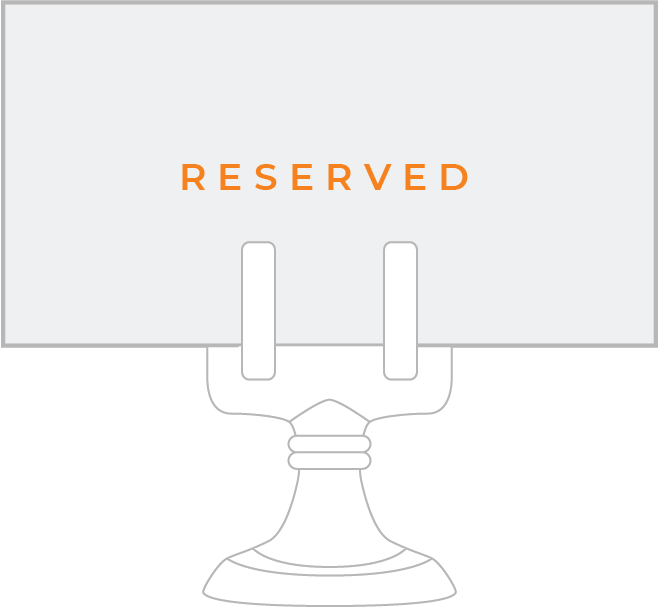Rooted in science, biophilic design is far more than just adding a plant wall in an office lobby—it’s proven to trigger significant stress relief and mood modulation. Here’s how to harness the research.
In 1995, Herman Miller moved several hundred factory employees from an old windowless building to a new facility designed by renowned green architect William McDonough—a bright, well-lit space surrounded by West Michigan prairie. It wasn’t just a change in scenery: In addition to being a pilot for the development of the LEED certification program, the transition was advised by a team from the Rocky Mountain Institute, a think tank dedicated to sustainability research. Their goal? To find out if employees who felt more connected to nature would be more productive.
Bill Browning, a member of the original Rocky Mountain team, recalls the observation that cracked the case. “What the research discovered was the daytime shift had a fairly dramatic gain in productivity, the swing shift data was inconsistent, and the nighttime shift had no gains in productivity,” he says. “From this it was concluded that the landscape was the significant contributing factor.”

BOH subscribers and BOH Insiders.










































